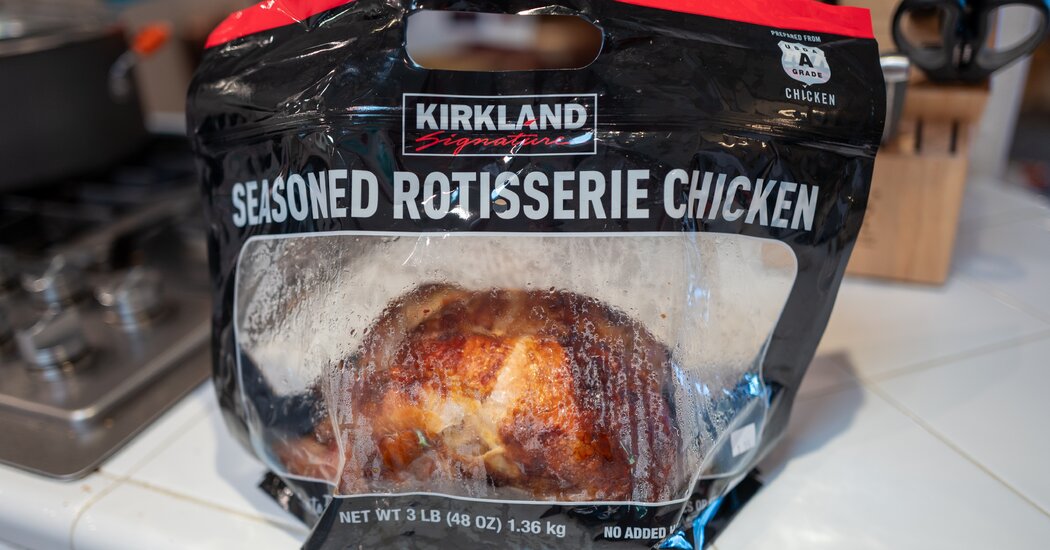Both have gotten caught up in fights over plastic packaging. When Costco recently tried to trim its plastic use by selling rotisserie chickens in bags, some shoppers disapproved.
When Costco tried to cut down on its plastics use earlier this year, putting its popular rotisserie chicken in a thin bag instead of a bulkier clam shell, some chicken lovers were displeased.
The bags were leaky, they said, and risked making a greasy mess. Their edges were prone to splitting open. “Chicken juice spilled all over the trunk of our car!” one person complained on Reddit.
Welcome to the packaging wars.
There is broad agreement that the world needs to use less plastic. Plastic waste is filling the world’s landfills and clogging rivers and streams. Recycling hasn’t kept up; less than 10 percent of plastic waste gets recycled. Plastic can also contain chemicals linked to cancer and other health problems.
Reining in plastic packaging — often used only once, then thrown away — is an obvious first step. But putting that into practice has been tricky for businesses, policymakers and shoppers. Everyone has an opinion.
“You can see experiments all over the landscape with it,” said Sandra Goldmark, a sustainability expert at Columbia University’s Climate School. “Right now many of the experiments are not working that well. We haven’t really cracked this nut.”
Costco’s rotisserie-chicken-in-a-bag was a classic example of solution that’s “less bad,” she said. “But the funny thing about less-bad solutions is that it tends to disappoint everybody,” she said. “It’s less plastic. It’s fewer trucks on the road. But the chicken is still in a plastic bag, and there’s chicken juice all over your car.”
